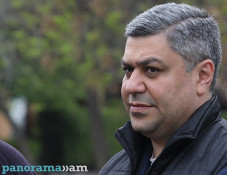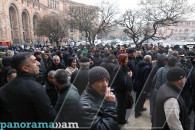
Armenia, Kyrgyzstan, Russia, Uzbekistan have become less unequal – UN
Large reductions in inequality have been seen in North and Central Asia, including Armenia, Kyrgyzstan, the Russian Federation and Uzbekistan, according to a report from United Nations' Economic and Social Commission for Asia and the Pacific.
The population-weighted mean Gini coefficient for the entire region rose from 33.5 to 37.5 between the 1990s and 2014, with income inequality particularly wide in the biggest developing countries, including China, India and Indonesia, Bloomberg Business said, citing the report.
In the mean time, income distribution between the top 20 percent relative to the bottom 20 percent actually improved in several countries in that period, including Azerbaijan, Cambodia and Thailand, according to the report.
"The past two decades witnessed a rapid increase in the middle-class population, due in no small part to industrialization," said Aekapol Chongvilaivan, a strategy and policy economist at the Asian Development Bank in Manila. "As labor is relocated from traditional agricultural sectors to industries, they earn higher incomes."
Also, in the case of countries such as Thailand and Malaysia, social-safety nets have been strengthened and have helped reduce income inequality, he said.
Widespread inequality wasn't always the case: in the decades up to 1990 several economies in East Asia experienced rapid economic growth and declining inequality, due to the combination of sound development policies and government intervention to foster development, UNESCAP said.
"This trend changed starting in the late 1980s, coinciding with the introduction of deregulation, privatization, globalization and pro-cyclical macro policies,'' the report said.
Newsfeed
Videos






























